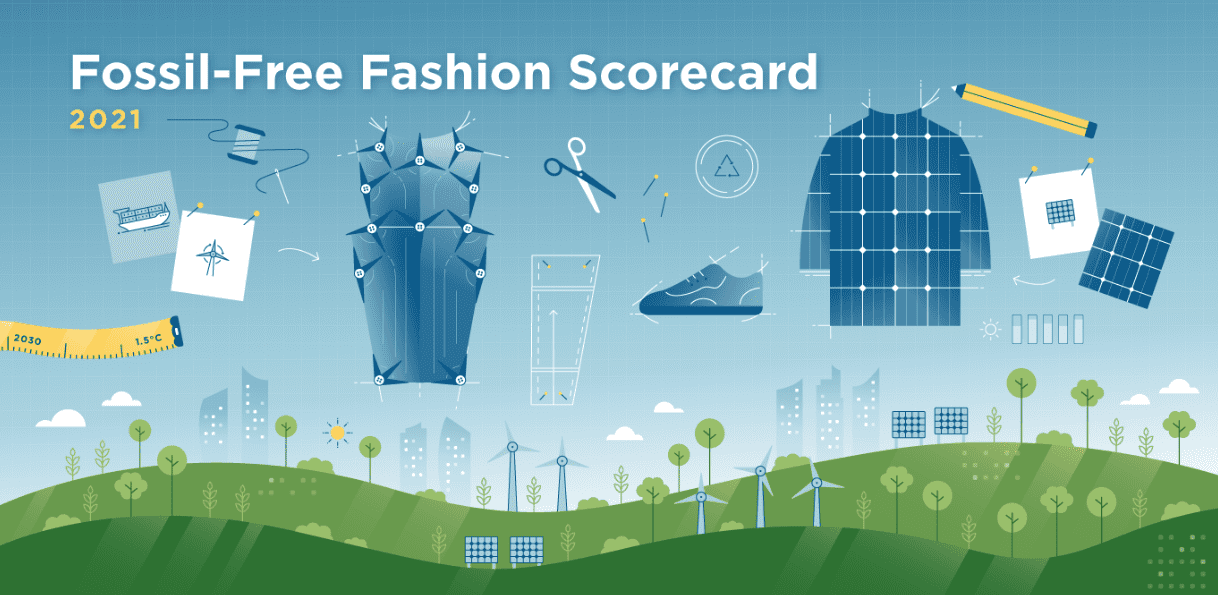
For years, China reigned supreme as the undisputed king of US apparel imports. While still the largest supplier in aggregate terms, new data reveals a clear shift in sourcing landscape, as American brands strategically diversify their supply chains, seeking flexibility, risk mitigation, and cost control. This is reshaping the global apparel trade, with a host of other nations experiencing good growth in their exports to the US.
China's monthly imports see sharp decline
The latest figures, of US apparel imports year-to-date till April 2025, throws up an interesting pattern. While US apparel imports from China have seen a modest increase of just 1.8 per cent year-to-date, a deeper look into the monthly trends from January 2024 to April 2025 reveals a crucial dynamic.
As the table shows, US apparel imports from China saw a strong increase in mid-2024, peaking around July and August, nearing 1,000 million sq. mt. equivalents (SME). However, a distinct downward trend began in the latter half of 2024, with imports declining through the end of the year. This deceleration has continued into early 2025, with monthly import volumes in March and April 2025 hovering around the 500 SME mark – a sharp drop from their mid-2024 highs. This sustained decline highlights a tangible reduction in reliance on Chinese suppliers on a month-to-month basis.
The rise of alternative sourcing hubs
In stark contrast to China's recent monthly performance, other regions are experiencing significantly more dynamic growth in their apparel exports to the US. The percentage change in US apparel imports from April 2024 to April 2025 underscores this trend.
Countries like Bangladesh and Pakistan are leading the charge with remarkable double-digit increases, reflecting a conscious effort by US brands to expand their sourcing networks. Cambodia and India are also demonstrating strong growth, further highlighting the widespread diversification.
Table: Growth markets for US apparel imports (YTD 4/25 vs. YTD 4/24)
|
Country/Region |
% change (YTD 4/25 vs. YTD 4/24) |
|
Bangladesh |
~29% |
|
Pakistan |
~25% |
|
Cambodia |
~21% |
|
India |
~19% |
|
ASEAN |
~14% |
|
Indonesia |
~13% |
|
Vietnam |
~10% |
|
World |
~8% |
|
China |
1.80% |
|
USMCA |
~0.5% |
|
W. Hemi. |
-3% |
|
CAFTA-DR |
-5.50% |
Source: OTEXA (approximate values derived from attached chart)
ASEAN suppliers, as a collective, are particularly on the move, exhibiting robust double-digit growth. Vietnam, a key player within the region, has seen its apparel exports to the US rise over 10 per cent year-to-date. This collective momentum has propelled ASEAN’s share of US apparel imports to over 27 per cent, steadily eroding China's once overwhelming dominance, which now stands at 35 per cent and continues to drift lower.
Risk management and cost control
This changing scenario is not a sudden phenomenon rather the culmination of a "smart, deliberate pivot" by US brands. The reasons are many: managing geopolitical risks, optimizing costs, and building more resilient and responsive supply chains in an increasingly unpredictable global environment. The lingering effects of tariffs imposed by the Trump administration have also played a role in scrambling the market and encouraging alternative sourcing strategies.
As an analyst explained, "What we're seeing is a fundamental re-evaluation of sourcing strategies. It's no longer just about who's biggest. It's about who's flexible, dependable, and future-ready. And in 2025, that means looking beyond just one partner."
The shift is palpable. While China remains an indispensable component of the global apparel supply chain, its solo reign is clearly over. The burgeoning growth from a diverse array of nations signifies a new era in U.S. apparel imports – one characterized by strategic diversification and a proactive approach to global sourcing. As brands continue to prioritize resilience and adaptability, this trend is only expected to pick up speed, ushering in a more distributed and dynamic future for the apparel industry.












